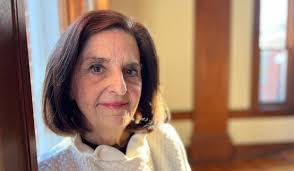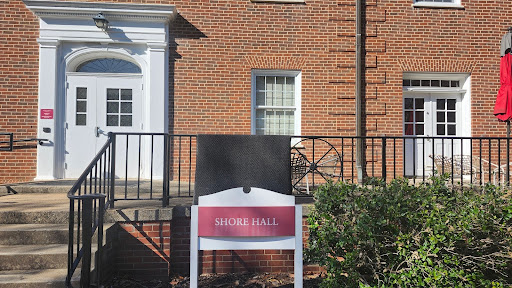In February, the board of trustees will meet at Guilford College where President and Professor of Political Science Kent Chabotar will ask them to approve a plan that cuts as much as $250,000 from Guilford’s budget of nearly $60 million in fiscal year 2014–15.
The cuts are based on continuing financial uncertainty caused by a steady decline in enrollment and by state-based aid being cut two years ago.
The budget planners forecasted three possible scenarios: a better case, a middle case and a worse case.
In the worse case, the College would have to find a way to cut $250,000. In the middle and better cases, Guilford would raise faculty and staff salaries and fill positions that were once eliminated.
“In the worse case scenario, $250,000 in additional budget cuts is recommended,” said Gregory Bursavich, vice president for finance. “However, there is no information available at the present time regarding the scope or content of such cuts.”
If the trustees approve the budget, Bursavich’s office will work with the vice presidents to prepare the plan for achieving these budget reductions.
They will select which positions should be eliminated and what should be suspended in order to balance the budget.
The key factor in determining the severity generated from enrollment. Revenues and enrollments of traditional, CCE and summer school have plummeted in recent years.
In Fall 2010, the total number of traditional students was 1,416 while CCE students totaled 1,316.
Three years later, the number of traditional students hovered near 1,200 and CCE students were a meager 940.
The worse-case budget anticipates 409 new traditional students and 259 new CCE students enrolling in the fall and 234 new CCE students enrolling in the spring.
To achieve the better-case scenario, the college needs to recruit and retain 1,400 traditional students and 1,300 CCE students to be enrolled over the next three years according to a PowerPoint presentation given by the Budget Committee.
This amounts to 460 new incoming traditional students in the fall and spring of 2014–15 and 810 new incoming CCE students for each of the next three years.
For the budget to be the middle case, traditional students must number 1,238 and CCE must reach 940.
For the worse case 1,179 traditional students and 865 CCE students must be enrolled in Fall 2014.
Darryl Samsell, associate business professor and chair of the budget committee, says that in the grand scheme of things, the college is safe from overall harm.
“Even though student counts are down from the recent past, the budget process, especially in managing costs, has resulted in a financially secure college,” said Samsell. “We are in no danger of losing accreditation for financial reasons. Our endowment has grown.”
Chabotar says that finding a solution is a matter of strategically planning and preparing for any possible situation.
“We will not know our first-year enrollment for next year until at least February, and in some cases, much later,” Chabotar said. “It is too early to tell.”
Prematurely or not, Julie Burke, assistant professor of education studies, said that another dent in the college’s budget would affect the quality of education and the resources given to professors.
“Our students will have limits with the types of supervision and support we are able to provide in the field because we may have less funds to pay for travel to the schools to observe interns and student teachers,” Burke said.
Ben Marlin, associate professor and chair of mathematics, believes cutting the budget will weaken departments campuswide.
“I’ve been told that (the math department) cannot keep our temporary half-time position that we had this year,”Marlin said. “In the past few years, we lost two full-time tenure-track positions, got one full-time temporary position, (then) had it reduced to half-time.”
According to Rita Serotkin, associate vice president and dean of CCE, there is no silver bullet that will solve the budget issues.
“We all need to put our heads and hands together to come up with creative ideas, strategies and projects that will better convey the college’s image, strengths and uniqueness,” said Serotkin. “There is work to be done for and by everyone — students, faculty, staff, administrators and trustees.”











